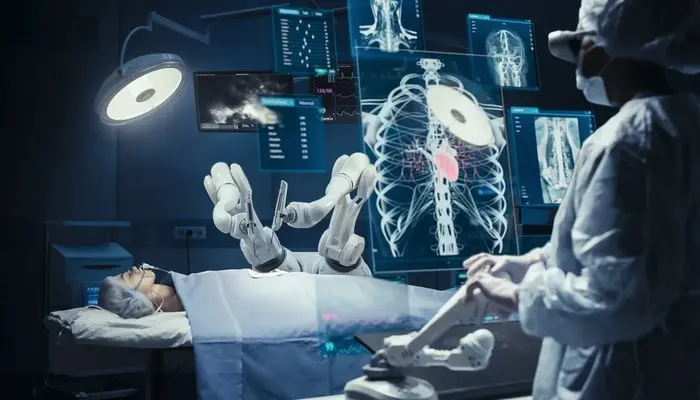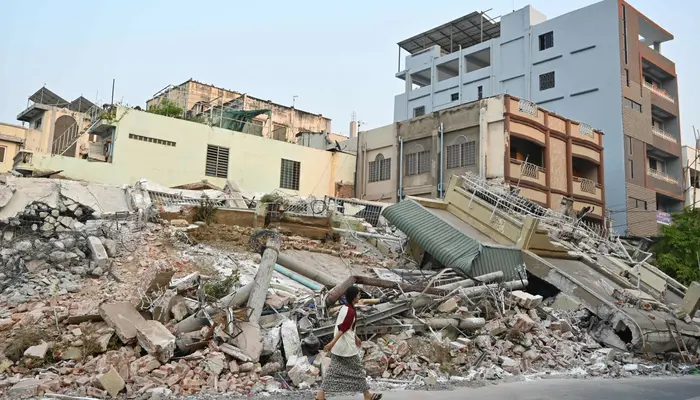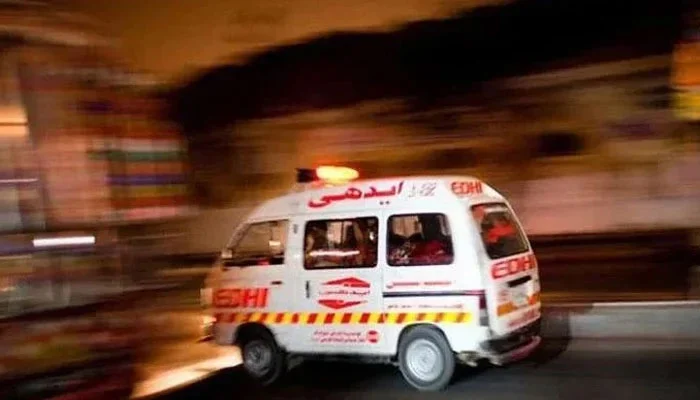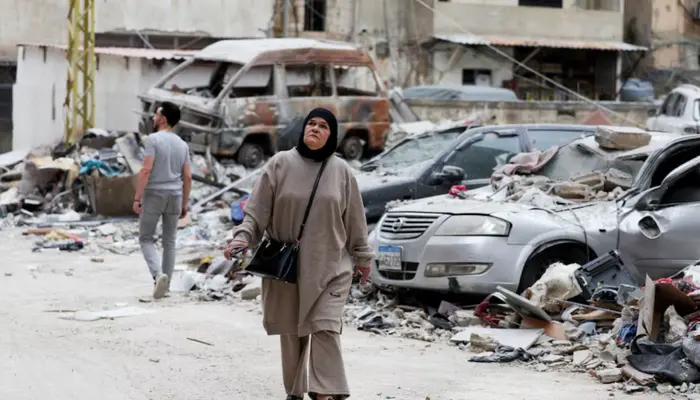Remote Lung Cancer Surgery Performed 5,000 KM Apart in China

Shanghai: In a significant medical achievement, surgeons successfully performed a remote robot-assisted lung cancer surgery in China’s Xinjiang region. They collaborated with the Shanghai Chest Hospital, using China’s cutting-edge “smart” medical technology. Foreign media reports confirm that this surgery overcame geographical barriers and marks a new milestone in robotic surgery.
Experts are celebrating this operation as a major step forward in robotic thoracic surgery. The success highlights how advancements in domestic robotic surgery technology can break spatial limitations, giving patients in remote regions access to top-tier medical care.
Expert Leadership
Professor Luo Qingquan, a renowned expert in robotic thoracic surgery from the Shanghai Chest Hospital, led the operation. He was assisted by a team from the Second People’s Hospital of Kashgar, under the leadership of Chen Tianxiang, the hospital’s vice president. Chen also works with the Shanghai Chest Hospital, supporting medical development in Xinjiang.
Utilizing the ultra-fast and low-latency 5G network, the Shanghai surgical team remotely controlled a robotic surgical system located in Kashgar. They successfully removed a lung tumor from a middle-aged woman who had been living with the tumor for three years.
“This operation proves that domestic robotic surgery technology can now transcend geographic barriers,” said Professor Luo. “Patients in far-flung areas can now access advanced medical care without needing to travel to large cities.”
Read: SCO Summit Concludes with Key Agreements on Regional Cooperation
Seamless Collaboration
Before the surgery, medical teams in Shanghai and Kashgar conducted a detailed preoperative consultation via video link. They reviewed the patient’s condition and finalized the surgical plan. The surgery lasted one hour and proceeded smoothly without any issues.
From his console in Shanghai, Professor Luo controlled the robotic arms in Kashgar, providing precise real-time instructions. The robotic system in Kashgar accurately replicated his movements, enabling meticulous procedures such as dissection, cutting, and suturing.
“I felt as though I was physically operating the robotic arms in Kashgar,” Professor Luo said, stressing how seamlessly the technology worked.
In Kashgar, Chen Tianxiang led the local team in coordinating with the Shanghai team throughout the surgery. “Robotic surgery is a revolutionary minimally invasive technology that offers patients higher precision, smaller wounds, and faster recovery times,” Luo added.
Technological Innovation
The robotic system, developed by Shanghai MicroPort MedBot (Group) Co., enhanced the surgeon’s field of vision by 10 to 15 times using 3D, high-definition images. Additionally, the system filtered out hand tremors, resulting in greater precision.
Luo used a 3D display and master controller to see real-time images of the patient’s chest cavity and manipulate the robot with precision.
Shanghai Chest Hospital is a pioneer in robotic surgeries. It was the first hospital in mainland China to carry out robot-assisted thoracic surgeries and is the only institution to have completed more than 1,000 such surgeries annually.
This groundbreaking surgery shows how advanced technology can overcome physical distances, offering new possibilities for healthcare in remote areas of China and around the world.
Follow us on Google News, Instagram, YouTube, Facebook,Whats App, and TikTok for latest updates












